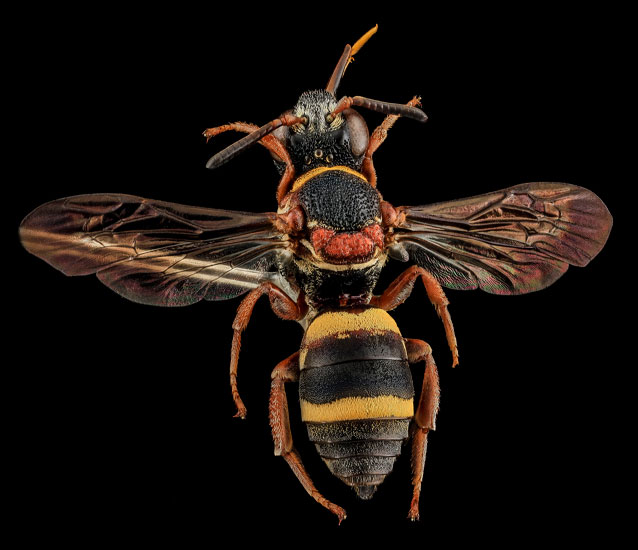
Sam Droege/USGS
How would you spend 450 hours? Entomologist Jessica Rykken and 24 students, interns, volunteers, and NPS staff dedicated even more time than that to pilot a bee monitoring program in Boston Harbor Islands National Recreation Area in Massachusetts.Since populations of many bee species across the country have been declining in recent years, there time was well spent.
One cause of pollinator declines is suspected to be climate change, or global warming. Rykken and her team recorded about 104 species of bees, including 23 new park records (60 percent of the total bee diversity known from the recreation area).
Out of the almost 4 thousand bees identified, 26 species were “cuckoo bees”. As their name suggests, these are parasitic insects that lay their eggs in the nests of other bees. After hatching, the cuckoo bee larvae kill the original bee that nested there for its nectar and pollen supplies. These cunning bees can serve as an indicator for a healthy bee community because of their dependence on large population of potential host bees.
Last updated: May 28, 2015
